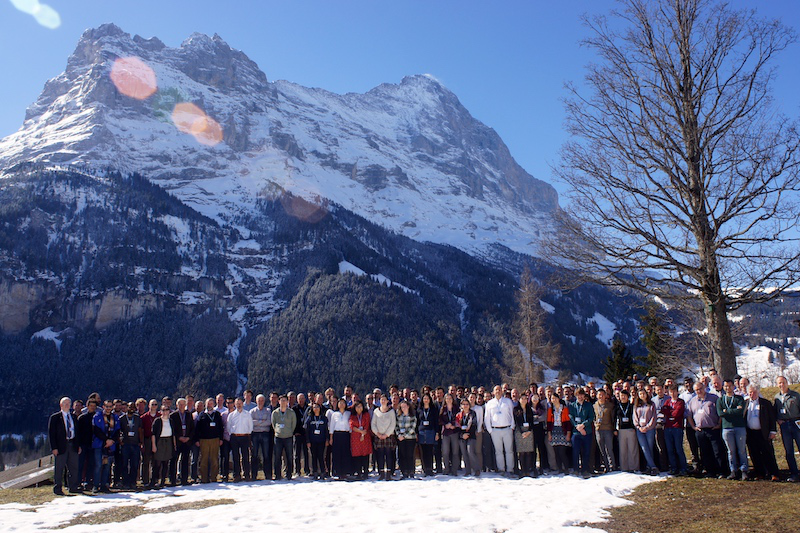Speaker
Description
The discoveries of the Earth-sized exoplanets orbiting Proxima Centauri and Trappist-1 lend further support to the theory that terrestrial planets may be common around low-mass stars. Since low-mass stars are intrinsically faint at optical wavelengths, obtaining the meter-per-second Doppler precision necessary to detect their Earth-sized planetary companions remain a challenge for instruments designed to observe Sun-like stars. To study these “redder” stars, new spectrometers must be developed. We describe the MINERVA-Red spectrometer and a novel, ultra-high-cadence observing approach aimed at detecting and characterizing planets orbiting the closest low-mass stars to the Sun. In order to characterize the impact of astrophysical noise on our radial velocity measurements, we will gather simultaneous photometry (ugriz, Halpha, Hbeta, Calcium H&K), which will provide a substantial dataset for studying the short-term line and continuum photometric variability in cool stars. We will present photometric results from this robotic observatory and the current status of the spectrograph.




